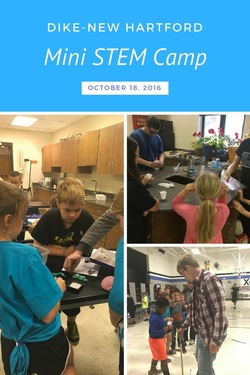
STEM is a current buzz term in education. It stands for Science, Technology, Engineering, and Mathematics. STEM is important because we need our students to think like scientists, technologists, engineers, and mathematicians. The complex thinking skills needed to interpret and solve real world problems are critical for the success of our learners and the progress of our nation. Many industries are investing in STEM education and providing grants to schools to implement programs developing these necessary skills in our students. As the district's technology integrationist, I work to help teachers find, learn, and use resources and tools that empower student learning. Technology just for technology's sake is not enough. We strive to create learning opportunities that stretch students' conceptual understanding, foster deep thinking and reasoning, and provide opportunities for creatively constructing knowledge. STEM education helps us achieve these goals.
Here are just a few STEM initiatives being implemented at Dike-New Hartford.
7 Comments
At the beginning of the year, we introduced you to the role of Instructional Coaches. However, Instructional Coaches are only one part of the TLC Model that has been developed at Dike-New Hartford. In addition to Instructional Coaches, we have Model Teachers and Mentor Teachers. Model teachers are full-time teachers who support other teachers and work collaboratively with instructional coaches to implement research-based instructional strategies, professional development, and peer coaching. Model teachers will test out new teaching strategies in their classrooms and have the opportunity to provide examples of exemplary practice through modeling, co-teaching, and collaborating with teachers in the implementation of scientifically researched instructional strategies. In addition, model teachers welcome observations from other teachers. Over the next several weeks, we will introduce you to the model teachers and share a little about the learning that is happening in their classrooms. Mr. Ryan Mitchell, High School Art Mr. Mitchell is currently working on developing a writing rubric to use with his art classes, teaching students to self-assess their own artwork, and implementing the new art standards. Some of Mr. Mitchell’s strengths are classroom management, creative problem-solving, and work ethic. Outside of school, Mr. Mitchell enjoys cars, guitars, art and games. Mrs. Chelsie Slaba, High School Science Mrs. Slaba is currently working on probing for understanding, infusing technology, and teaching through life experiences. In addition, she is working to plan more labs for Chemistry and using the ASSIST method with Physical Science. You can also find the Advanced Chemistry students doing research for Landus Coop. Some of Mrs. Slaba’s strengths include questioning and teaching students HOW to know the answer. In her free time, Mrs. Slaba enjoys gardening, photography, late muzzleloader hunting, and shooting archery league. Every summer she goes on a high adventure trip for several days with her best friend to explore a new place, doing all the science things along the way. -AS
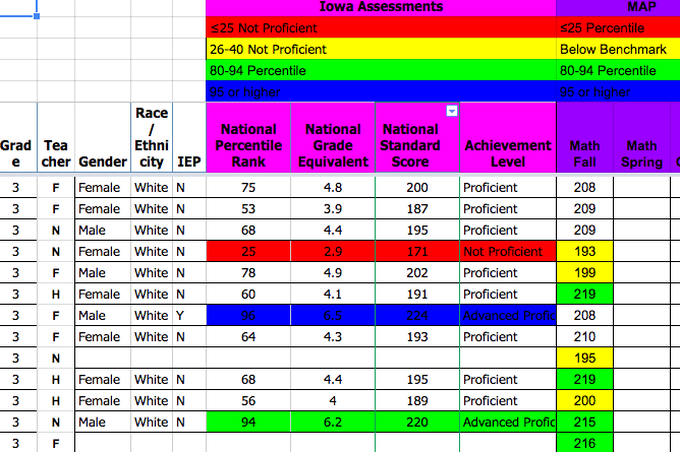 The beginning of a school year is full of excitement, expectations and new routines. Teachers are not only eager to know about their students' personalities and interests, they must also determine students’ strengths and weaknesses with core skills. One way DNH staff monitors these skills is by using the NWEA Measures of Academic Progress(MAP) test. Recently the instructional coaches worked with the fourth grade team to dive into student data. We not only waded through MAP results, but also FAST and Iowa Assessment data. After much trial and error, a document was created consolidating all data in a format the teachers feel will be helpful making instructional decisions. It’s kind of a color-coded nautical chart, guiding teachers through an overwhelming sea of numbers. A portion of the reading data is shown. The instructional coaches are grateful the fourth grade teachers were willing to "jump into the deep-end" and troubleshoot a process to study this data. The insights gathered that day will help make the process smoother for other teams, allowing them to dig deeper into their student data and better meet the needs of learners. "The most valuable resource that all teachers have is each other. Without collaboration our growth is limited to our own perspectives." - Robert John Meehan DE "Our very lives are fashioned by choice.
First we make choices. Then our choices make us." - Anne Frank It's that time of year when teacher burnout is becoming a reality for some of us. Balancing school, work, home, and all other outside activities can become daunting, and making time for it all may seem impossible somedays. Our plates are starting to overflow, and our minds are starting to take on the toll. We all go through this at some point in the year, but edutopia.org gives 12 choices we can make to help ease the burden of burnout and keep us on track through the trying parts of the year. According to article author Vicki Davis, making some or all of these 12 choices can help even the most tired and burnt out teacher recover and continue on strong. Making these choices may not be an easy thing to do, as we become accustomed to our day to day routines and choices, but these simple changes can help us avoid the crash that can occur when we are overwhelmed and overloaded by life. The first three choices given are: "Choice #1: Choose to Be Happy First, happiness is a choice. Choose to be the first one to smile at everybody you meet. Choose to greet your students by name. Use happy triggers to boost your mood when you get upset. I have a Pinterest Board called Happy Thoughts and another called Things That Make Me Laugh. The "Atta Girl" folder in my desk holds nice notes. Choice #2: Choose to Disconnect We are making a dumb use of our smartphones. Instead of freeing us up to go anywhere anytime, they've tethered us to a hamster wheel. Usually, I check email twice a day. I deleted my school email off my smartphone after several evenings because of an angry email. (We all get them.) Unplug once a week. Be a human being, not a human doing. Choice #3: Choose to Be Mindful Mindfulness is being called society’s next wonder drug. Some meditate or practice yoga -- I pray every morning at 5 AM for at least 20 minutes. I find a sense of peace that centers me upon what is important." This blog post includes 12 choices that can help us stay strong through the trying times. whether you make one choice, 4 choices, or take on all 12 choices, any change in routine may be able to help refresh and recharge your batteries. No matter which decisions you make, be sure to give yourself time to relax, find a way to reduce your stress that works for you, and don't worry - every little thing is gonna be alright! - AB |
DNH CoachesBurnette Dove, Literacy Archives
May 2017
Categories |
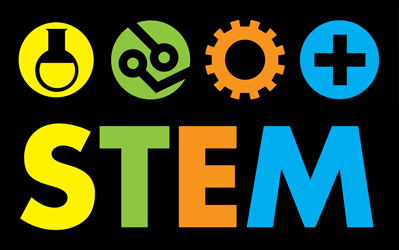

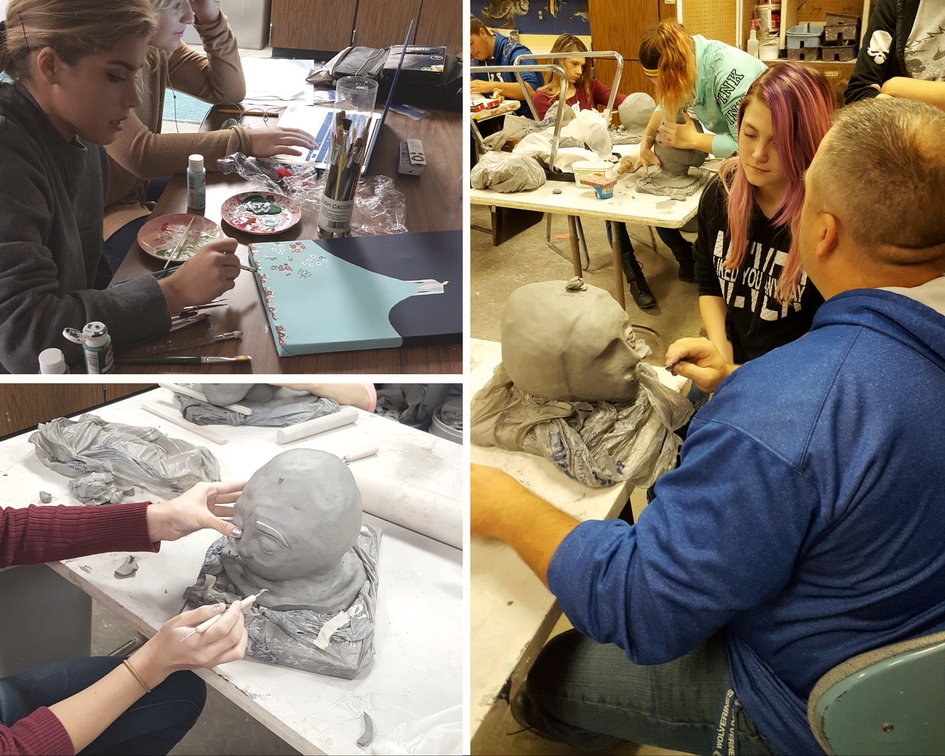
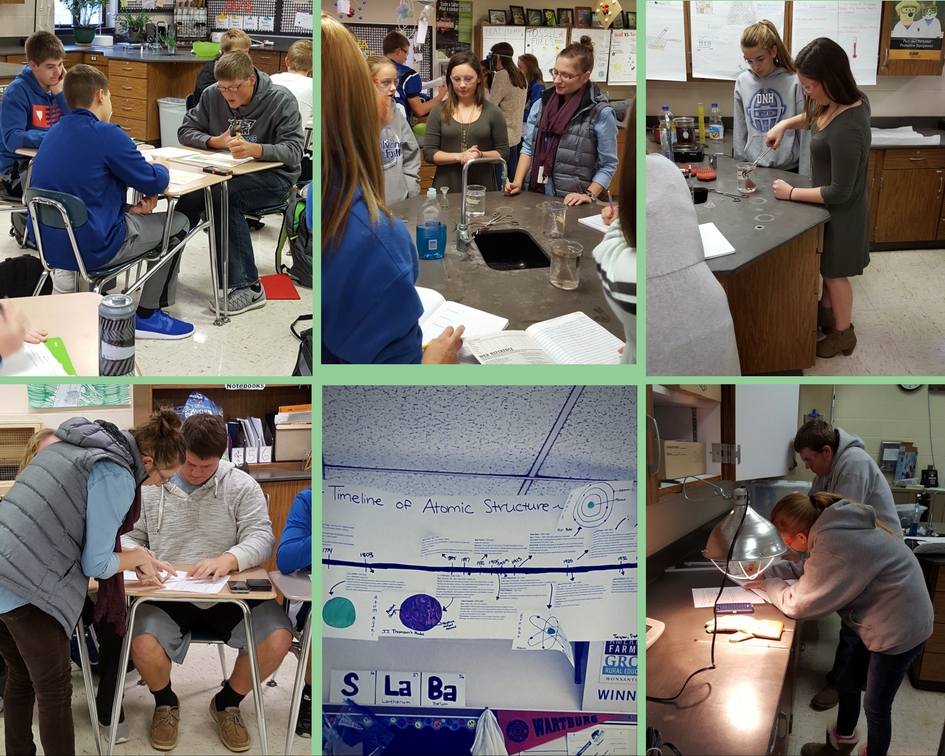
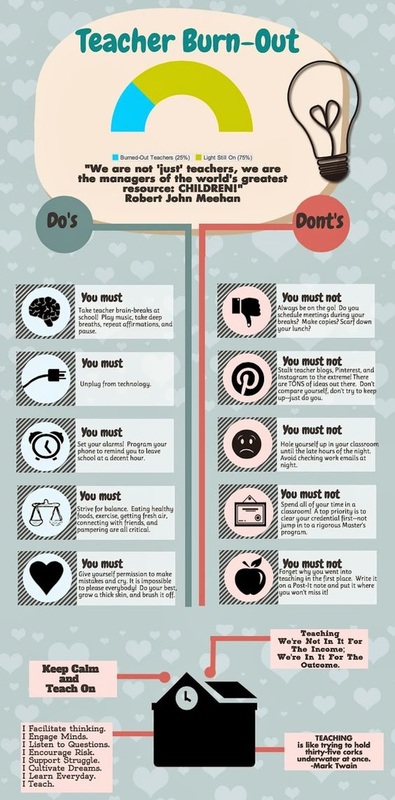
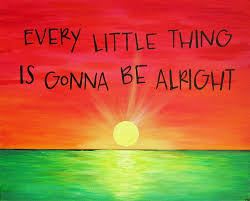
 RSS Feed
RSS Feed
